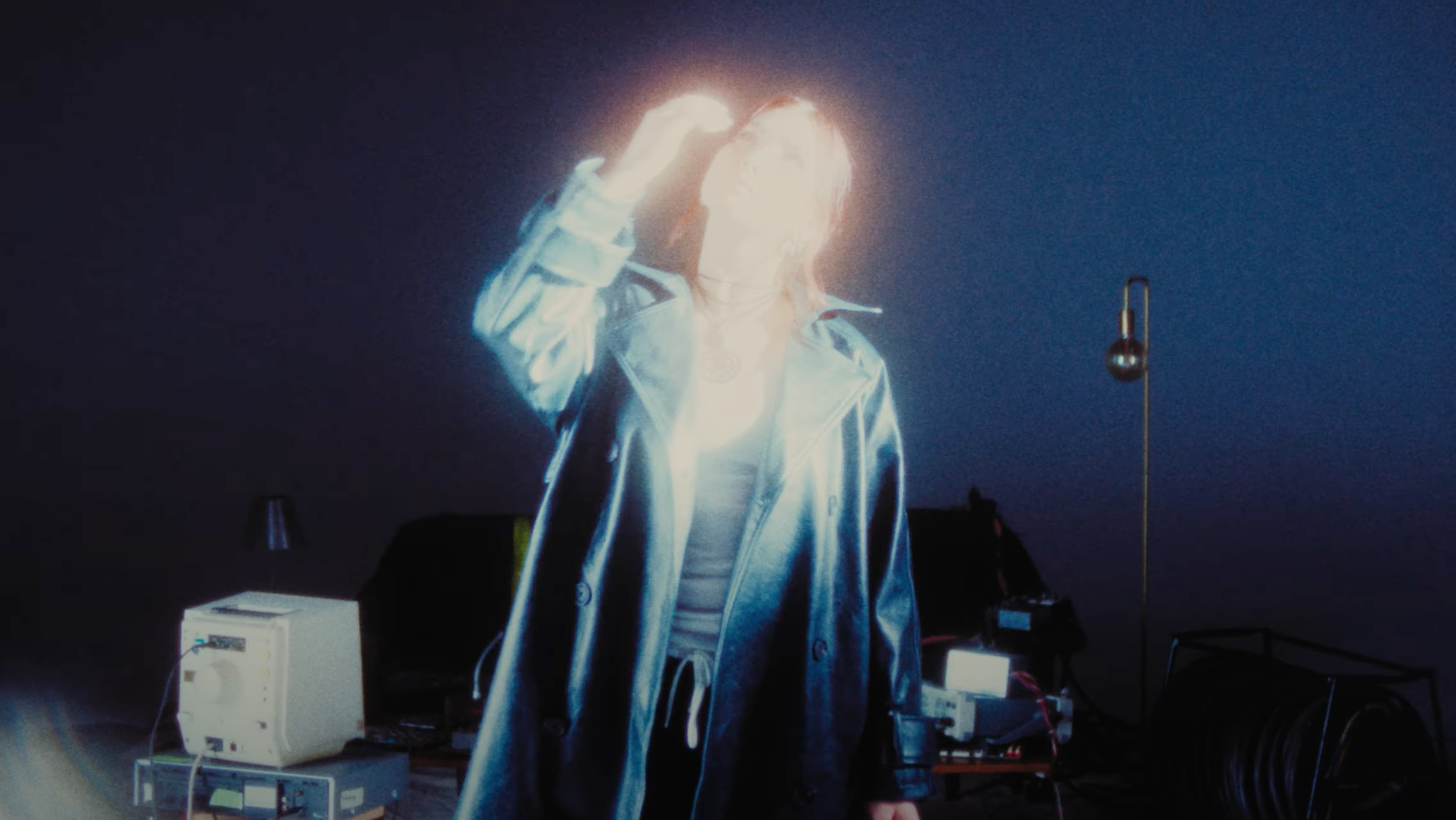Undaunted by the unknown, Natalie's versatile, forward-looking production style is reviving an increasingly monolithic industry dominated by rampant consumerism.
Natalie, who was born in Estonia, raised in Finland, and is currently located in London, has earned a reputation as an artist who transcends conventional boundaries, fusing everything from the fast cuts found in UK electronic with sampling styles integral to US hip-hop. Her influences are vast and far-encompassing, drawing inspiration from figures like Pharrell Williams and Lady Gaga to artists in the K-Pop scene:
“When I first started producing, I made more R&B and indie rather than hyperpop-ish beats. I think a big part of it is my short attention span, where I feel like the beat and song has to be fast-paced,” she said in an interview with Notion Online. “I grew up at a time when electronic music was huge. At the time, I also listened to a lot of K-pop, which exposed me to a lot of creative electronic and hip-hop music. Then, when I moved to London, I was exposed to UK garage and drum and bass music, which was very cool. Artists such as Nia Archives, Black Balloons, and others introduced me to such versatile electronic music,” she added.
While she currently describes her sound as “Very electronic and hyperpop-ish” (according to Hunger TV), she doesn't limit herself according to predefined genres.
Some may misconstrue Natalie's musical ambivalence as a lack of self-identity — though this couldn't be further from the truth. If anything, her conviction in blending genres in unconventional ways demonstrates self-confidence that can only come with her refusal to be confined by labels.
“Honestly, I just want to make weird and cool beats,” she told Notion Online. “I definitely need to experiment more with different genres. I'm really into breaking the rules a little bit. My main goal is for people to listen to my music, be surprised and ask themselves, ‘What the f*ck is this?'…If you asked me to describe my genre, I wouldn't know what to say, but I think that's the cool part. I never want people to know what to expect from me next,” she added. Some may misconstrue Natalie's musical ambivalence as a lack of self-identity — though this couldn't be further from the truth. If anything, her conviction in blending genres in unconventional ways demonstrates self-confidence that can only come with her refusal to be confined by labels.
Unfortunately, the same cannot be said for other players in the game. Increased consumerism — the prioritization of profit over diversity and genuine creativity — fuels the homogenization of arts and culture. Many artists (and especially those in the pop scene) succumb to adopting predefined cookie-cutter molds of success by using generic, pared-down beats, simplified lyrics, and aesthetics that appeal to mass markets.
It is not uncommon, for example, for pop artists to adopt hyperpop aesthetics—which, recently, have seen an unprecedented wave of popularity — for the sake of relevancy and profit. This is extremely ironic, if not downright hypocritical, considering these trends are precisely what hyperpop emerged in reaction to. Its mechanical, barely distinguishable mechanical noise indulged in everything from camp to kitsch, built by a generation raised by the internet who expressed “angst caused by social media and refusing to conform to preestablished social categories,” writes Lucas De Lellis da Silva in The Gazelle. Hyperpop's infamous auteurs, from the late SOPHIE to A.G. Cook, breathed new life into an industry whose definition of success was predicated on the individualistic pursuit of profit.
It's artists like Natalie who continue to subvert norms and embrace genuine creativity that keeps the music industry fresh, engaging, and alive.
Natalie's discography is available to listen to on Spotify!
This article was written by Natalie Jenkins as part of the Local Journalism Initiative.




